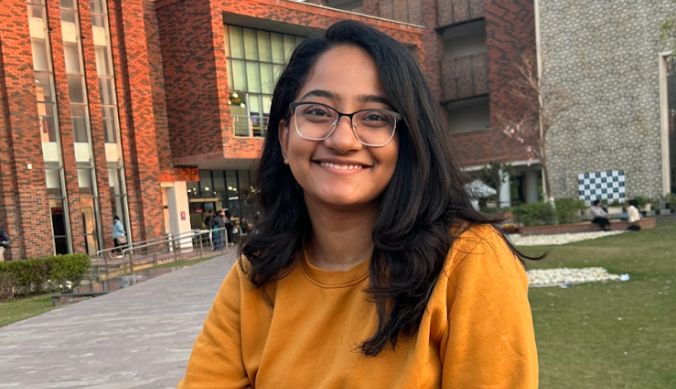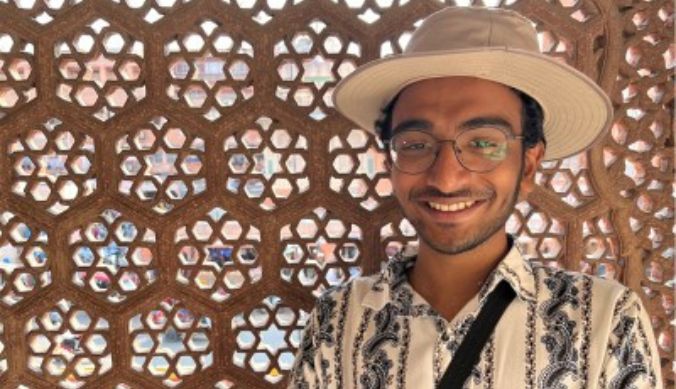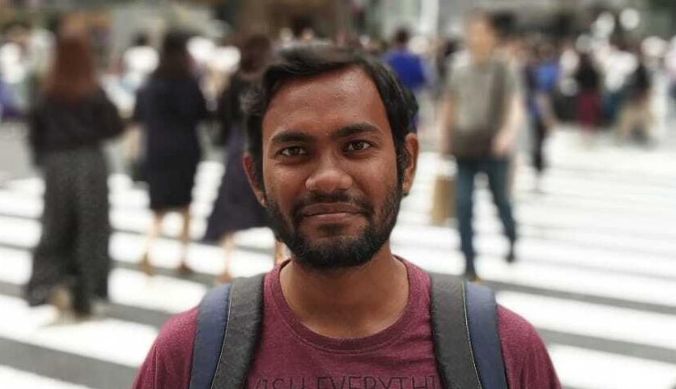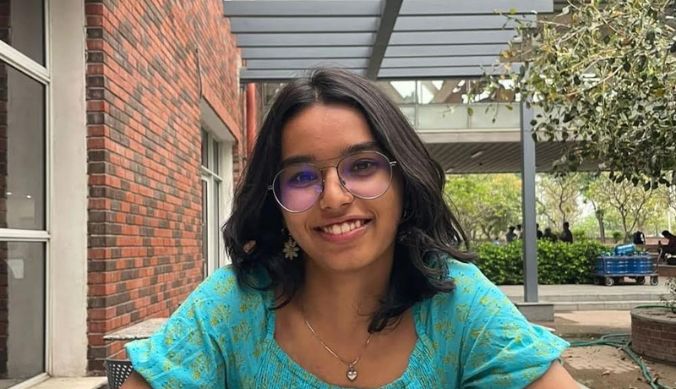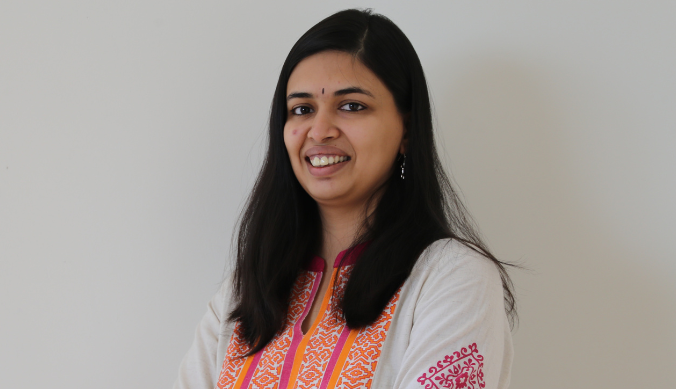From Molecules to Medicine: Sourav Chatterjee’s Odyssey in Chemistry and Beyond
Sourav Chatterjee, Assistant Professor of Chemistry at Ashoka University, elaborates on his research that will focus on crafting chemical biology tools that can regulate the activity and function of enzymes relating to chromatin (a combination of DNA, RNA and proteins in the nucleus of a cell) modifications

Yukti Arora
30 January, 2024 | 4m readEmbarking on a professional journey after completing a master’s in chemistry is a pivotal moment, and Sourav Chatterjee, Assistant Professor at the Department of Chemistry at Ashoka University, shares his captivating story with us. The absence of guidance on career planning led him to start his career at pharmaceutical research companies, where the need for a clear path became evident. Despite the initial ambiguity, a pivotal moment of advice sparked the decision to pursue a Ph.D., setting the stage for a career driven by a passion for understanding natural phenomena.
Choosing chemistry as a career was inevitable for Sourav. With a natural inclination towards mathematics and a deep interest in understanding the intricacies of substances, the journey into the structural architecture of materials began. Chemistry at the university level proved to be even more fascinating for Sourav, offering a broad palette for specialisation after the first degree.
Sourav’s primary research focus during his Ph.D. stint was around developing new reaction methodologies, designing optically pure catalysts and ligands, and the use of sustainable enzymes to investigate stereoselective reaction outcomes. Stereoselective reactions are like guiding puzzle pieces to fit in a preferred way. In chemistry, it means a reaction prefers producing a specific arrangement of atoms in a molecule. It’s like aiming for a particular handshake while overcoming other possibilities.
The diverse postdoctoral experience at Jawaharlal Nehru Centre for Advanced Scientific Research, Bangalore, India, followed by a stint at The Scripps Research Institute, Florida, USA, and lastly at the University of Minnesota, Minneapolis, USA, laid the foundation for a multidisciplinary exploration of complex research problems. Bridging the realms of chemistry and biology demanded a skill set in both fields and through the three aforementioned postdoctoral stints, he acquired the expertise and confidence to leverage his training in chemistry to unravel mechanistic aspects of various biological phenomena. It demanded a strong desire to learn and a hopeful mindset that helped Sourav overcome these disciplinary hurdles. The field of chemical biology hinges on two key players: biological macromolecules (DNA, RNA, proteins) and small molecules (e.g. exogens, such as nutrients, drugs, etc.). A good chemical biologist essentially needs to use these two categories of molecules to solve complex biological problems.
Highlighting the importance of interdisciplinary research, Sourav emphasises its role in fostering creative understanding, improving problem-solving strategies, and broadening horizons. The collaborative nature of interdisciplinary research not only enhances research outcomes but also opens doors to explore diverse subject areas.
At Ashoka University, his research group focuses on using chemistry tools to understand and modulate proteins’ function in disease models, particularly exploring protein post-translational modifications and their impact on diseases like cancer, obesity, and neurodegeneration.
In discussing the impact of his research, Sourav envisions practical applications in drug discovery. The translational aspect of his work holds the potential to contribute significantly to healthcare, creating opportunities for industry-academia collaboration. Identifying new drug targets, molecules, and biomarkers can usher in a new era of scientific and medical advancements.
With a keen eye on the future, Sourav outlines the challenges in his research area. Despite the significant advancements in the field of protein research and drug development, scientific research in this field faces several challenges. Considering the diverse and dynamic nature of protein modifications, understanding the intricate network of these modifications sometimes becomes challenging. The existing tools to monitor protein modification sometimes lack high sensitivity or specificity. Developing accurate predictive models that help study the interaction of proteins with molecules (these can be drug molecules) is not always straightforward. Enhancing the selectivity of the target site to reduce possible side effects is often found challenging. It is essential to consider that not all proteins are promising therapeutic targets. Simultaneously, many therapeutically relevant protein targets lack well-defined binding pockets or have complex structures, posing challenges for traditional small molecule drug design.
Addressing these challenges requires a multidisciplinary approach involving advanced computational methods, structural biology techniques, high-throughput screening, and innovative drug design and synthesis strategies. At Ashoka, there is a scope for interdisciplinary collaboration, where researchers from various disciplines frequently collaborate.
Getting support from the university is crucial when starting a career in scientific research, as it comes with uncertainties and challenges. Additional support from the University makes it easier to overcome these challenges, particularly in setting up a research lab, which involves significant costs such as buying essential equipment, developing basic infrastructure, and budgeting for materials. Financial help from the university can cover these initial setup costs.
Ashoka University, in particular, provides essential support to facilitate the establishment of a research lab. The budding centralised instrumentation facility at Ashoka is especially beneficial for new PIs that can offer access to advanced equipment that might be too expensive for individual labs to purchase. Looking for new funding opportunities is essential, especially at the beginning of your career. Ashoka helps to explore these opportunities. They provide resources and support for researchers to apply for extramural grants.
In conclusion, Sourav’s journey, spanning from chemistry to chemical biology, is a testament to the power of passion, perseverance, and the pursuit of knowledge. His impactful research will not only contribute to the scientific community but also hold promise for transformative applications in healthcare and beyond.
(Interview conducted by Dr Yukti Arora, Senior Manager, Academic Communications, Research and Development Office, Ashoka University)









